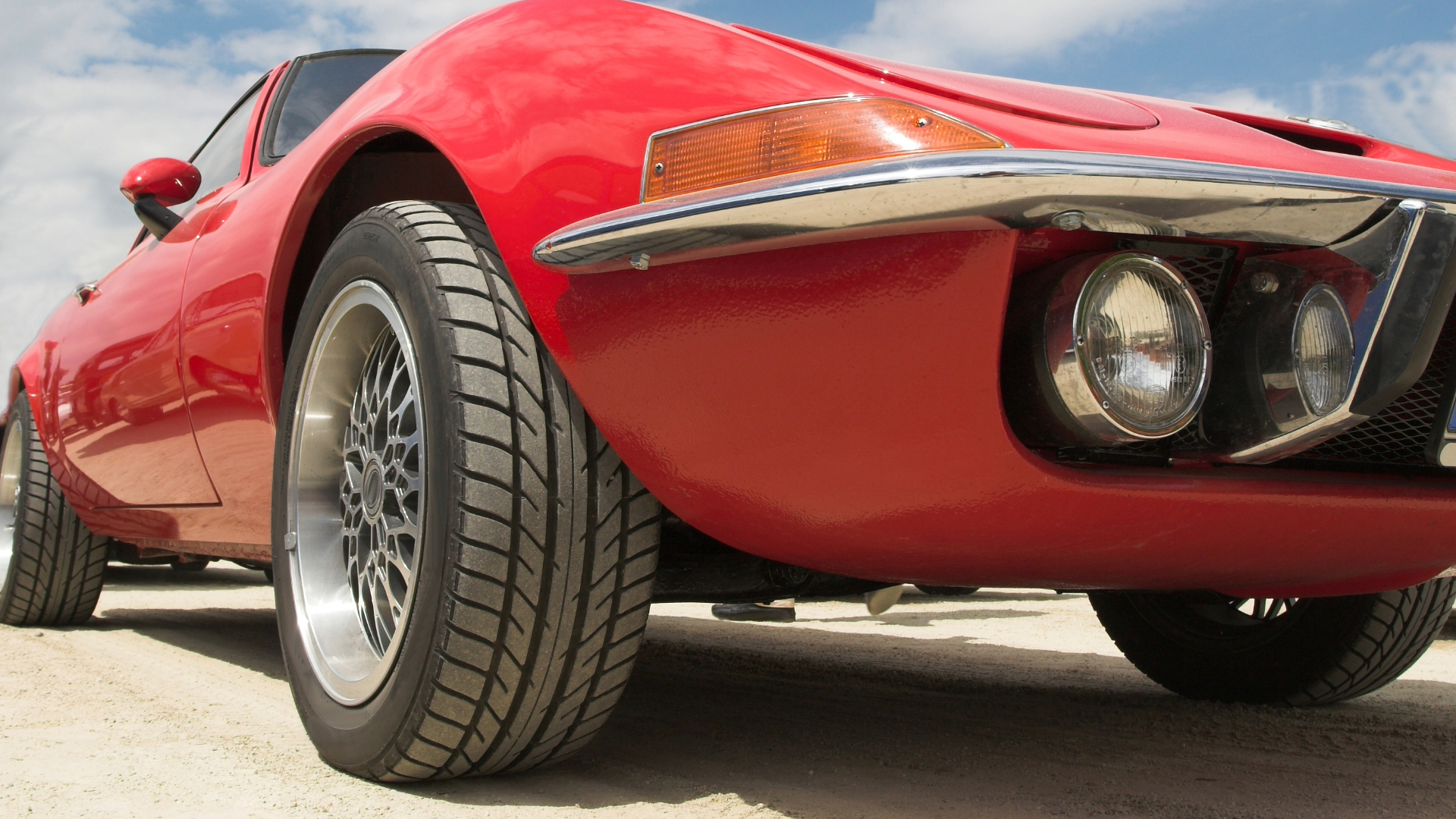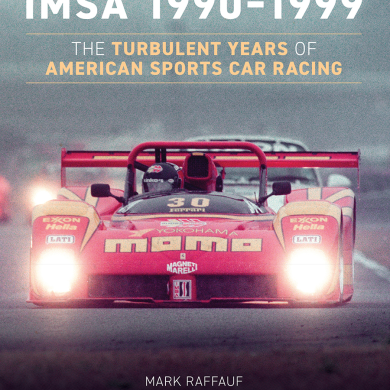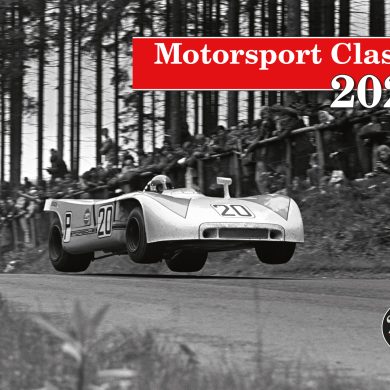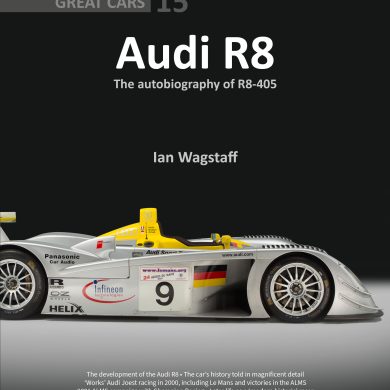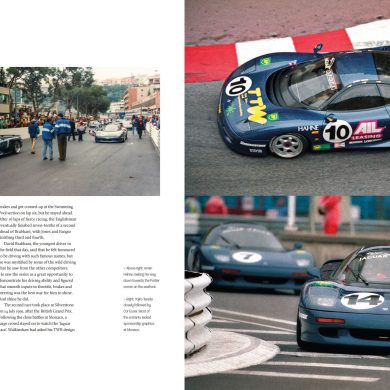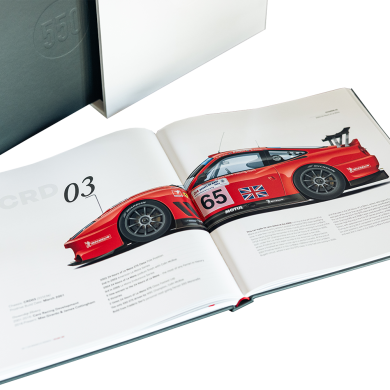For owners of classic sports cars, every ignition is a moment worth remembering. However, the quest for the ideal tires to complement your car’s performance, aesthetics, and originality can be a daunting task. Tires are more than just rubber; they are an essential component that can greatly affect how well a car handles, how it performs, and how it looks and there’s no “one size fits all”. There are reproduction bias-ply tires for enthusiasts who would want to maintain the classic look of the vehicle, and for those who desire to enjoy a more advanced driving experience, a modern tire might be the best option.
This guide highlights tires according to their suitability for a range of applications to offer safety, longevity, and period-correct design to help you find the right fit. Ranging from radial tires for today’s classics and models that compliment performance and handling to bias ply reproductions, we span the spectrum of tires for different classic sports cars.
Choosing Between Modern Radial and Bias-Ply Reproduction Tires
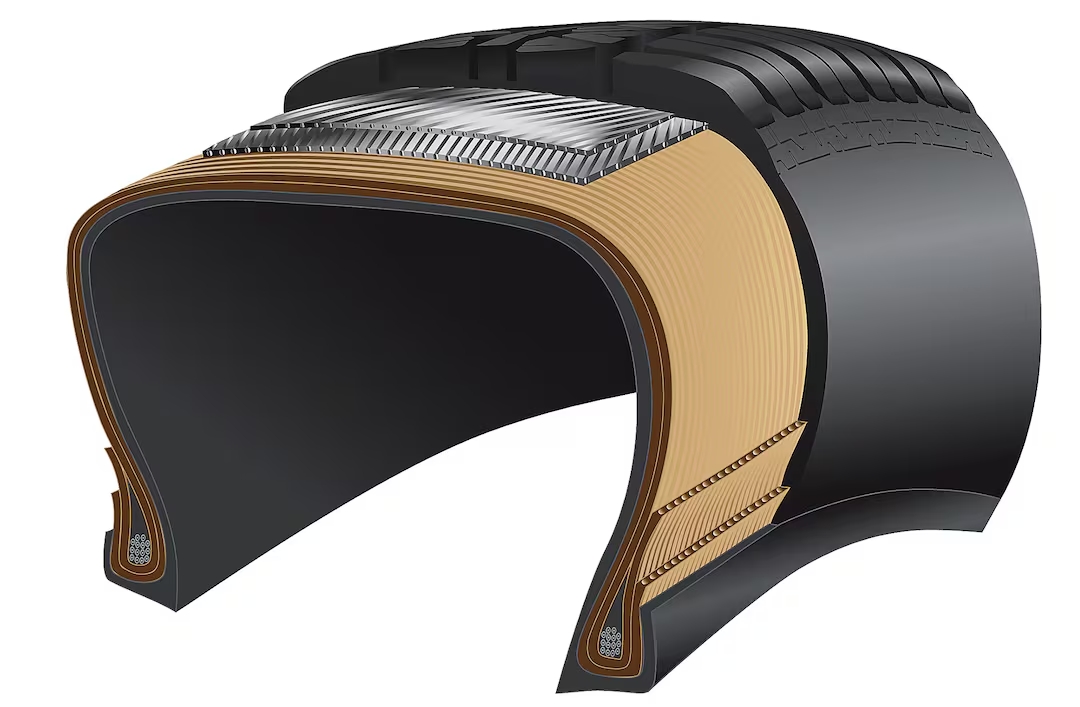
Selecting the right tires for a classic sports car comes down to your driving style and aesthetic preferences. Let’s dive into the differences between modern radial tires and reproduction bias-ply tires, so you can decide which best suites your ride.
The Pros and Cons of Modern Radial Tires
For classic car lovers who emphasize performance, modern radial tires make a good investment. The radial construction of these tires allows a degree of flexibility which also enhances grip, handling, and comfort of the ride. Many modern radial tires have been developed with better tread patterns and materials for improved lifespan and fuel economy. Additionally, they are generally more widely available and come in a variety of sizes and styles to fit almost any vehicle.
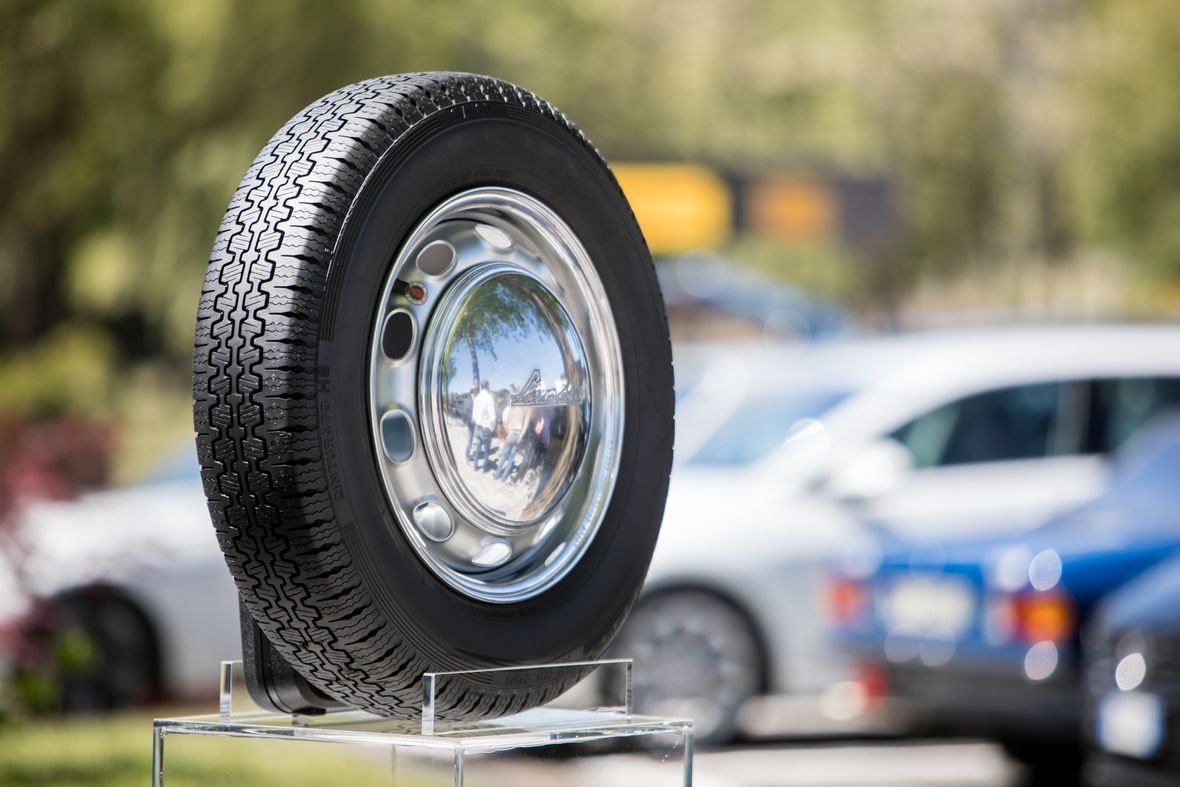
However, some classic car purists may feel that modern radials detract from the original aesthetic of their vehicle. Radial tires often have a more contemporary look that doesn’t match the period-correct appearance of vintage cars. So, if you prioritize maintaining the authenticity of your car, this could potentially be a drawback. But fortunately, that’s not always the case. For instance, Pirelli recently unveiled updated versions of some of its classic tires, previously utilized in Ferrari models like the F40 and the 288 GTO. These tires are available in their original sizes and boast a vintage aesthetic, complete with original lettering on the tire walls, while also incorporating modern materials and construction technology.
Understanding Bias-Ply Reproduction Tires
Bias-ply reproduction tires are a viable option for those who want their car to look and feel exactly as it did in its heyday. These tires match the original construction and thus have sidewalls and tread designs that are more appropriate for the time. They yield a different ride feel as well, which might suit people who like the firm feel of riding an older vehicle.
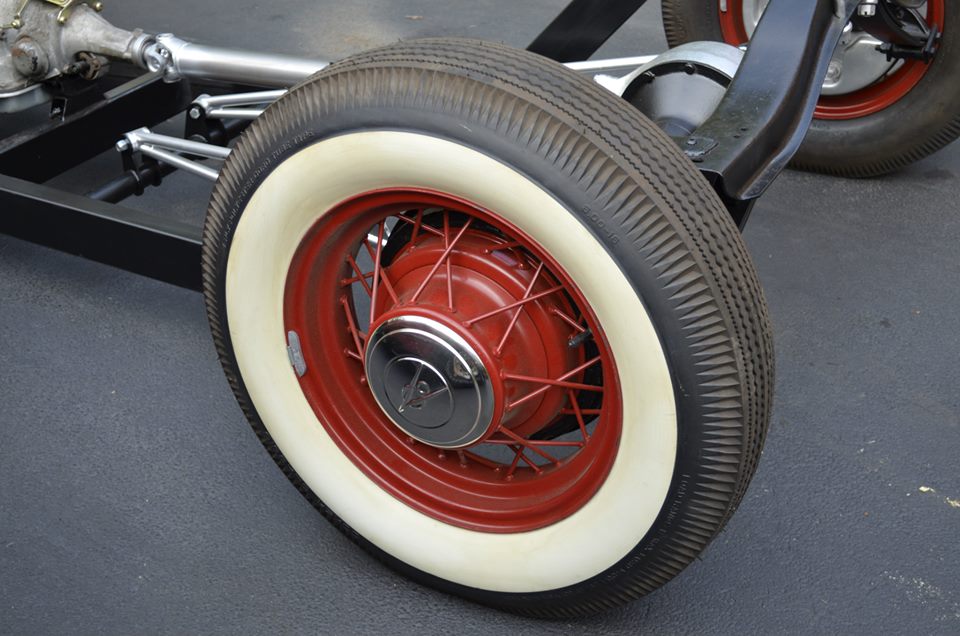
Unfortunately, these tires wear out quickly and cost more than modern radials. Their rigidity can also result in a harsher ride and reduced traction compared to rings. On top of that, the range of bias-ply reproductions is relatively small since not many manufacturers produce them. Nevertheless, for people who desire authenticity above all else, these tires remain a worthwhile investment.
How to Decide Which Type is Best for Your Needs
Choosing between radial and bias-ply tires depends largely on your driving habits and how authentic you want your car to look. If you regularly drive your classic car on the open road or even track it, modern radials offer performance, durability, and better handling. However, if your goal is to preserve the car’s original look and you only take it out for car shows or short Sunday drives, bias-ply reproduction tires may be the perfect choice.
You can find a large selection on NeoTires, an online retailer with a complete lineup of tires from the industry’s biggest brands including Michelin, Bridgestone, Pirelli, Goodyear, BFGoodrich, and more.
Top Recommendations for Classic Sports Car Tires
With so many options available, it’s crucial to know which tires deliver the best combination of performance, durability, and authenticity. Here are our top picks for both modern radial tires and bias-ply reproductions.
Best Modern Radial Tires for Performance and Longevity
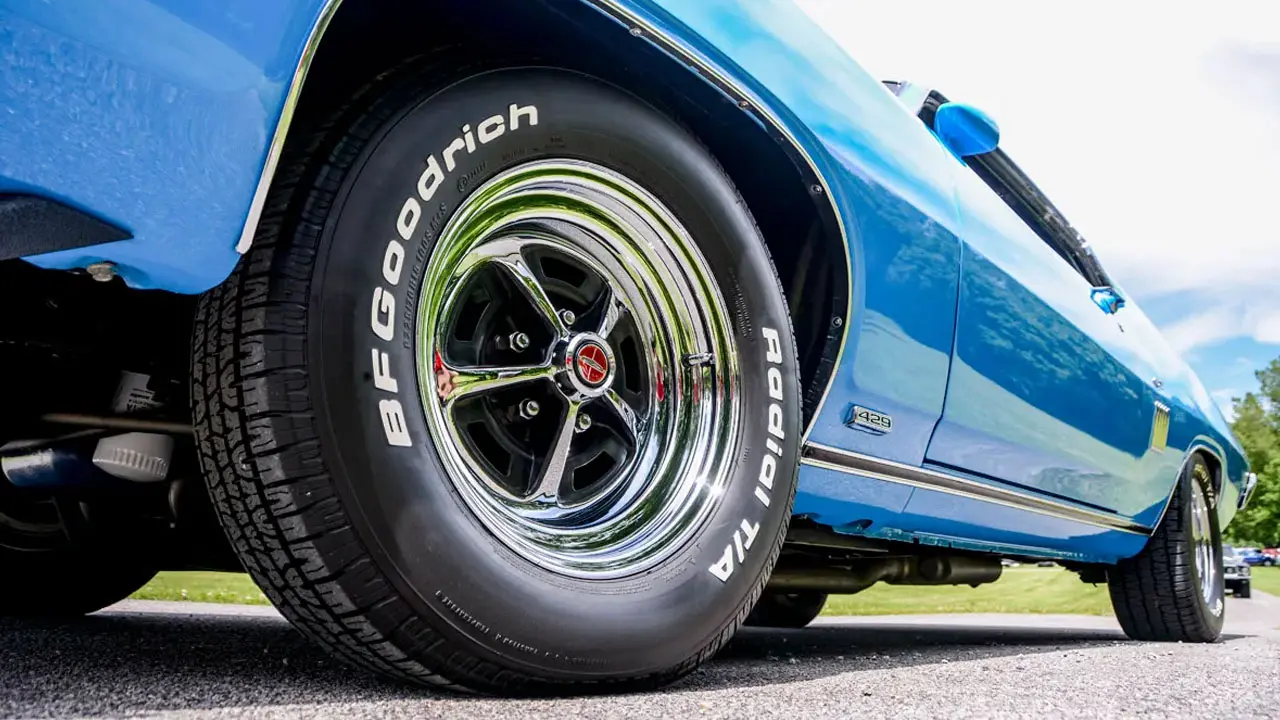
Michelin XWX
Originally designed for high-performance European sports cars, the Michelin XWX combines modern radial technology with a vintage look. It provides excellent grip, smooth handling, and enhanced ride comfort, making it a solid choice for classic car enthusiasts who drive their vehicles regularly.
Pirelli Cinturato P7 Classic
This tire is another great option for those who want both performance and a classic design. The Pirelli Cinturato P7 Classic features a period-correct tread pattern while incorporating modern radial construction, offering improved fuel efficiency, responsive handling, and durability.
BFGoodrich Radial T/A
Known for its white-letter sidewalls, the BFGoodrich Radial T/A is perfect for American muscle cars. It delivers excellent traction and stability and provides a sporty, retro look. Its durability and versatility make it an ideal choice for regular driving.
Top Bias-Ply Reproduction Tires for Authenticity
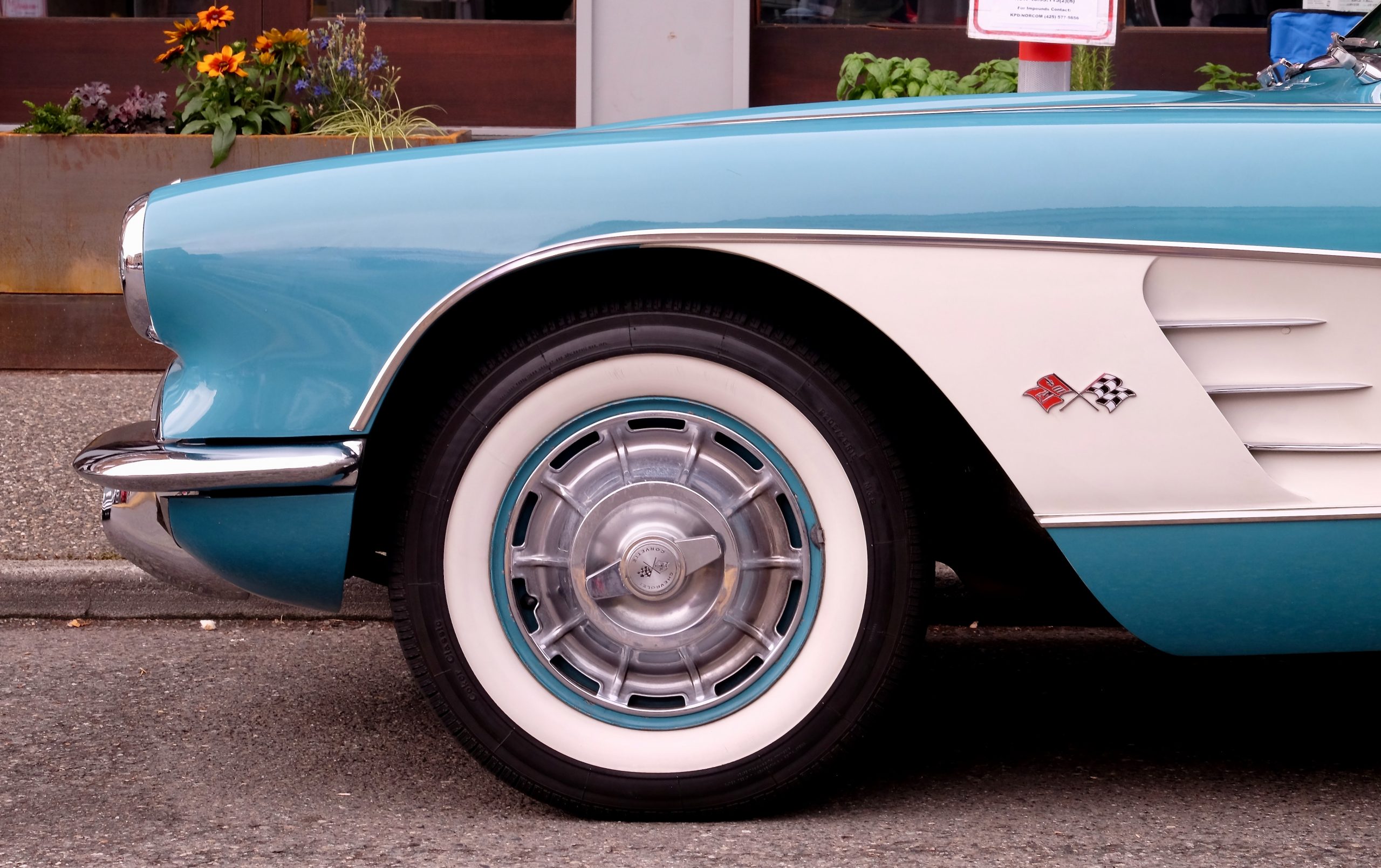
Firestone Deluxe Champion
Firestone’s Deluxe Champion tire is a true reproduction bias-ply tire, designed with the original tread pattern and sidewall details. It’s ideal for car shows and enthusiasts looking for that period-correct look. While not as comfortable as radials, it provides a truly authentic driving experience.
Coker Classic Bias-Ply
Coker is known for high-quality vintage tires, and its Classic Bias-Ply series offers a wide range of sizes and styles. These tires feature authentic designs, including whitewalls and wide treads, making them a great choice for those who want their classic car to look like it just rolled off the factory floor.
BFGoodrich Silvertown Bias-Ply
Available with black or white sidewalls, the BFGoodrich Silvertown Bias-Ply offers classic styling and solid durability. It’s particularly suited for classic American cars and provides a smooth ride for short drives and car shows, while maintaining the original look of your car.
All-Purpose Tires for Classic Car Enthusiasts
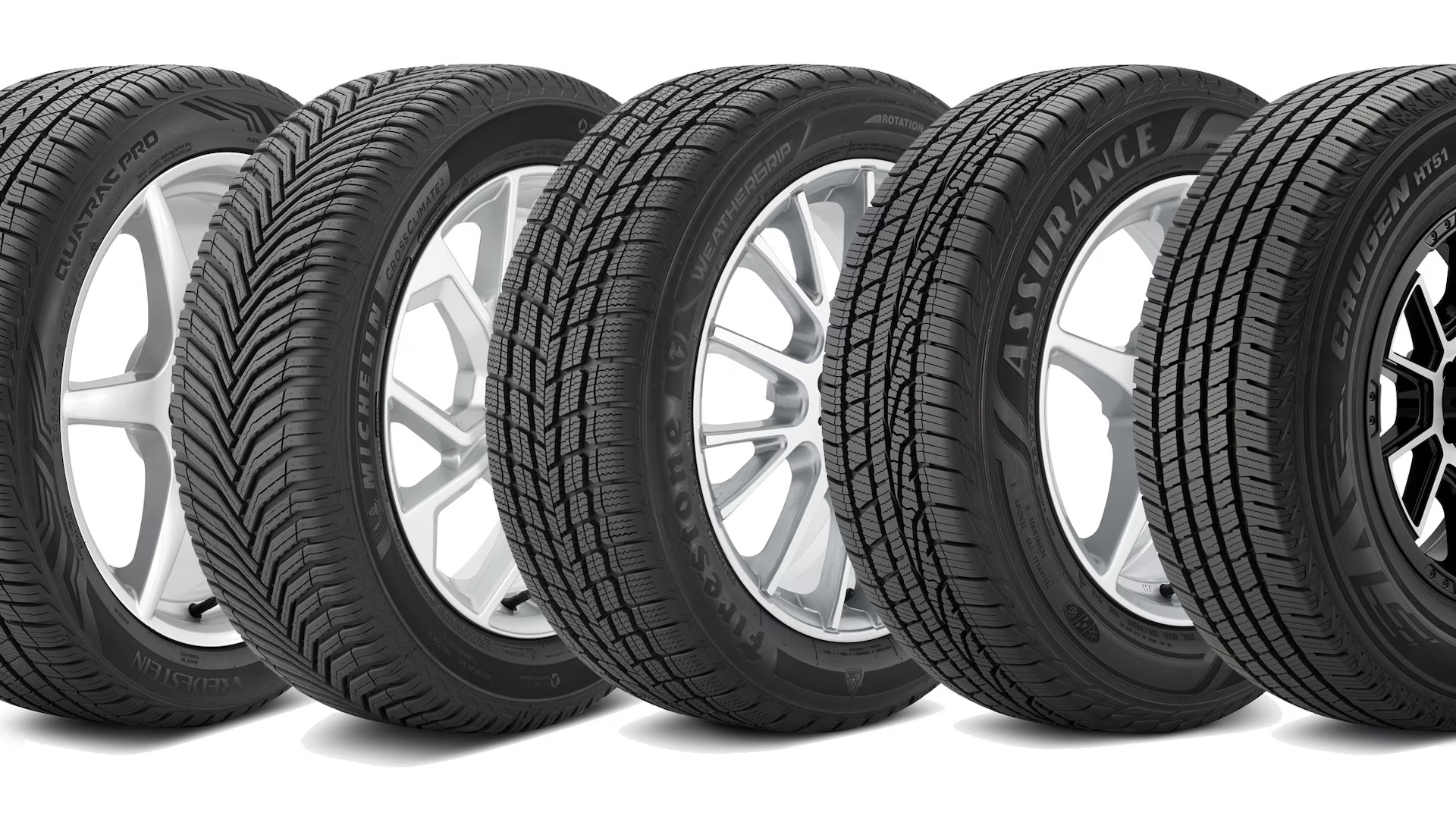
All-purpose tires can also be a viable alternative for those looking for a tire that complements a classic car’s appearance but also performs to modern standards. Many classic car owners find a good compromise in all-purpose radial tires, which retain some retro styling while incorporating radial benefits. Brands like Vredestein and Cooper Tire offer models that suit this need well.
Tips for Maintaining and Extending the Life of Your Tires
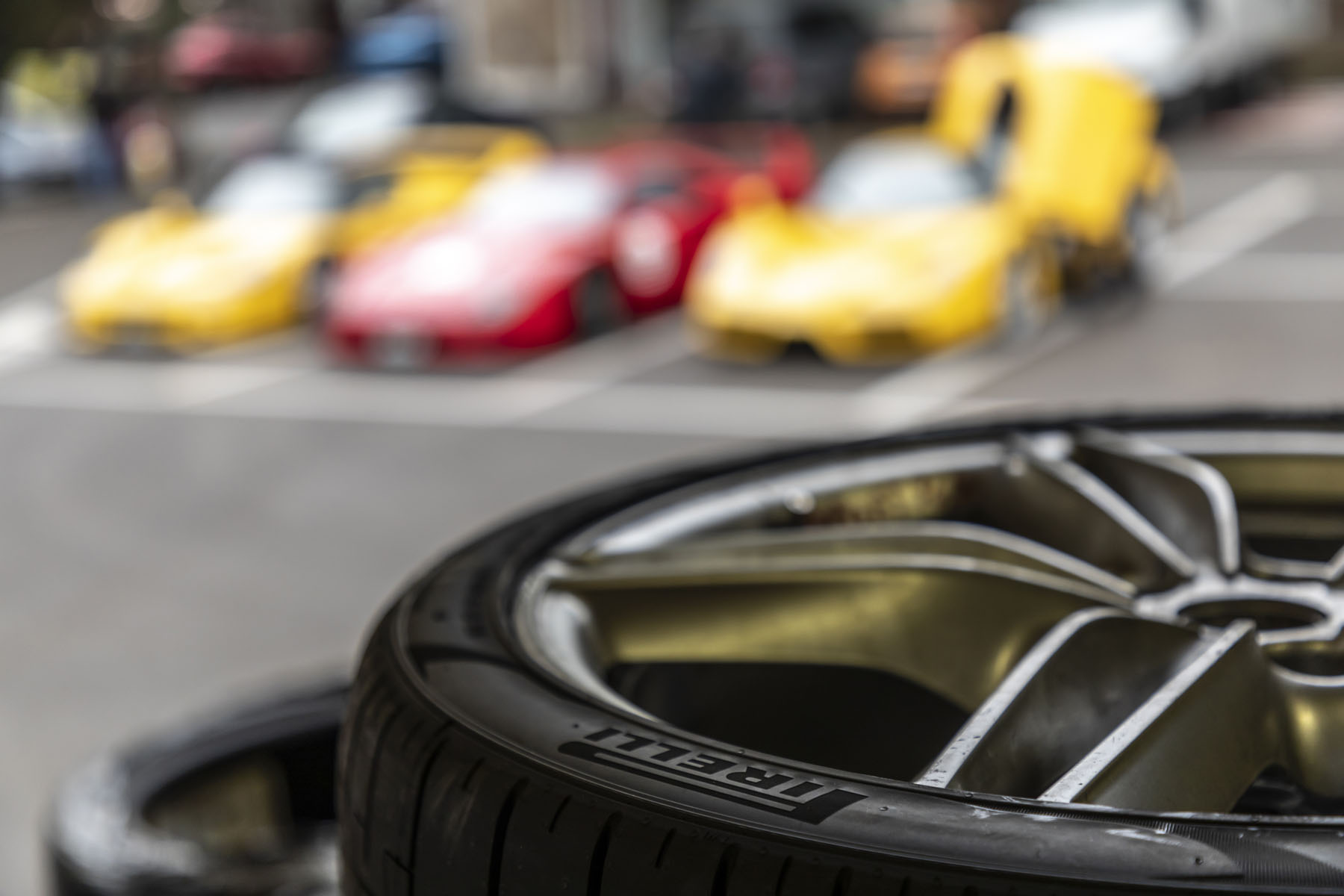
No matter which type of tire you choose, proper maintenance is essential to ensure longevity and performance. Here are some tips to keep your tires in top condition:
Proper Storage and Seasonal Care
Store your tires in a cool, dry place away from direct sunlight when they are not in use. Avoid exposing them to ozone-generating sources like electric motors. During colder months, consider removing your tires and storing them indoors to prevent cracking and dry rot.
Regular Maintenance and Tire Pressure Checks
Regularly check tire pressure, especially if your car is in storage for long periods. Proper alignment and balancing are also crucial, as they prevent uneven wear. Taking these steps will improve your tire’s performance and lifespan, ensuring a smoother ride and better fuel economy.
When to Replace Your Classic Car Tires
Even if the tread looks fine, rubber degrades over time. Regardless of their appearance, experts generally recommend replacing tires every six to ten years. Look for signs of wear, such as cracking, bulging, or uneven wear patterns, and replace your tires as needed.
Beyond the Tread
Choosing the appropriate tires for your vintage sports car can significantly enhance its performance and aesthetic appeal. By understanding the benefits of modern radial tires and bias-ply reproductions, you can find the perfect fit for your unique driving needs. If you value performance, durability, or authenticity, there’s a tire for your classic car.


